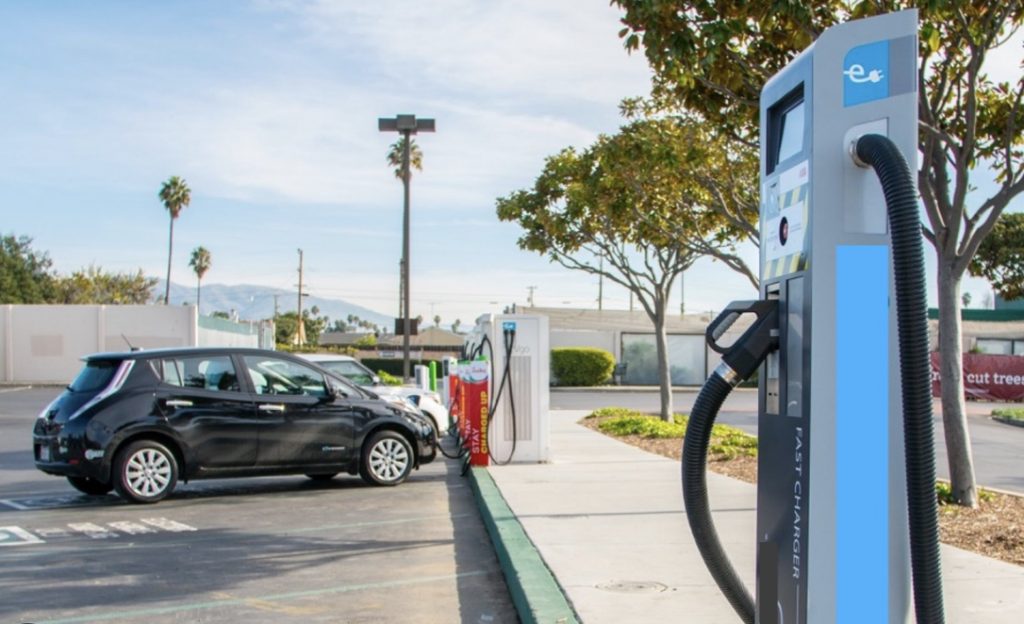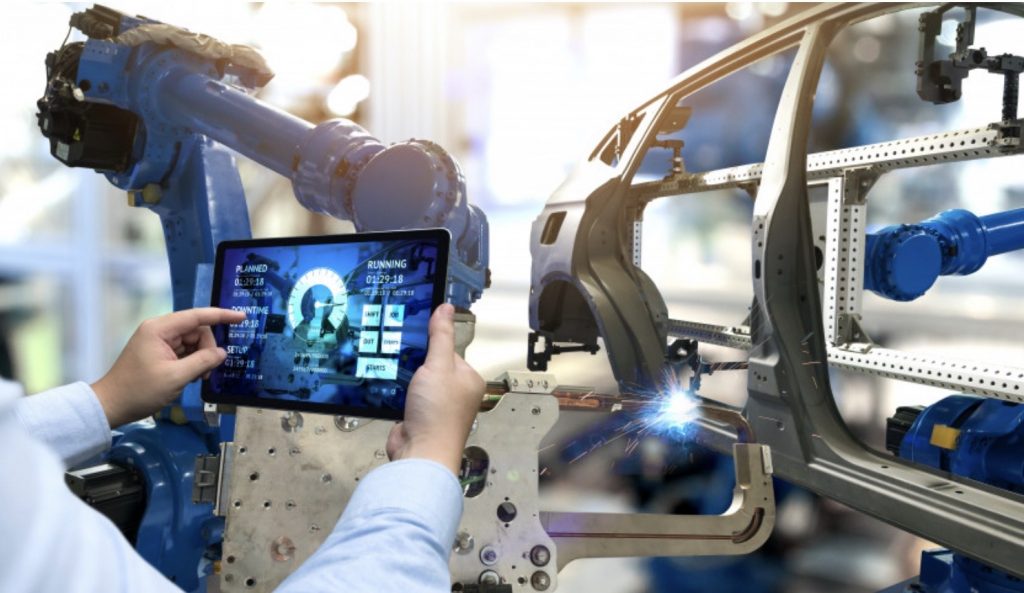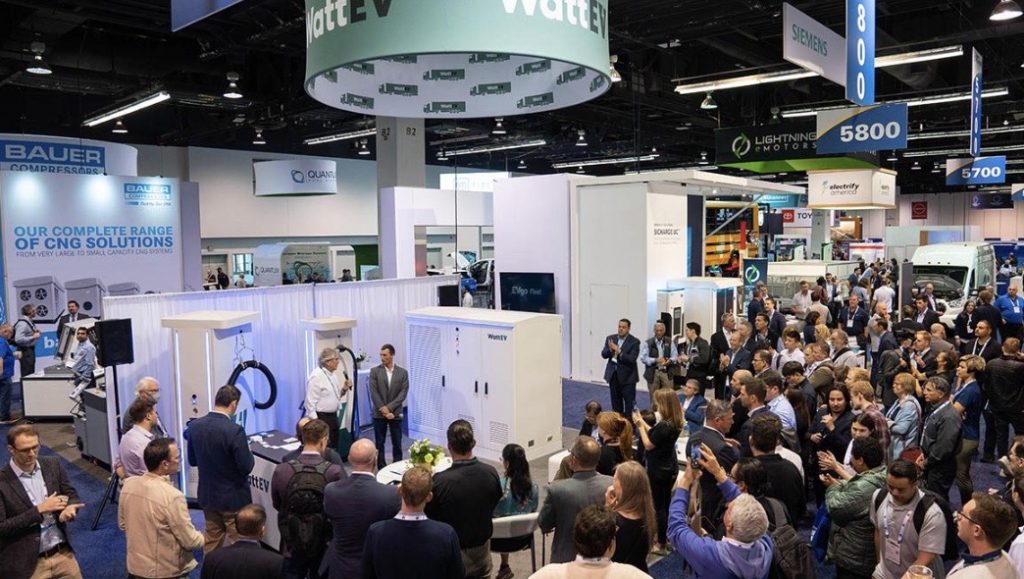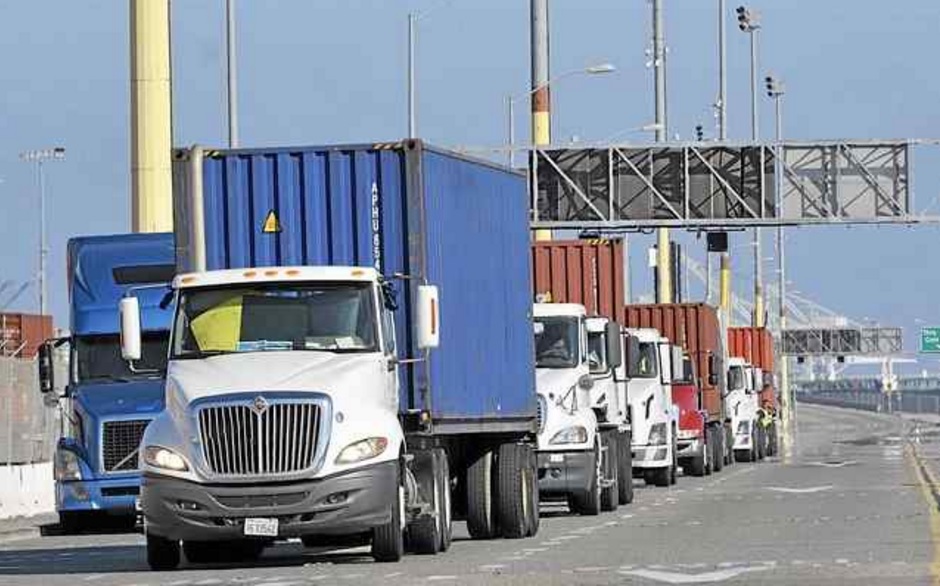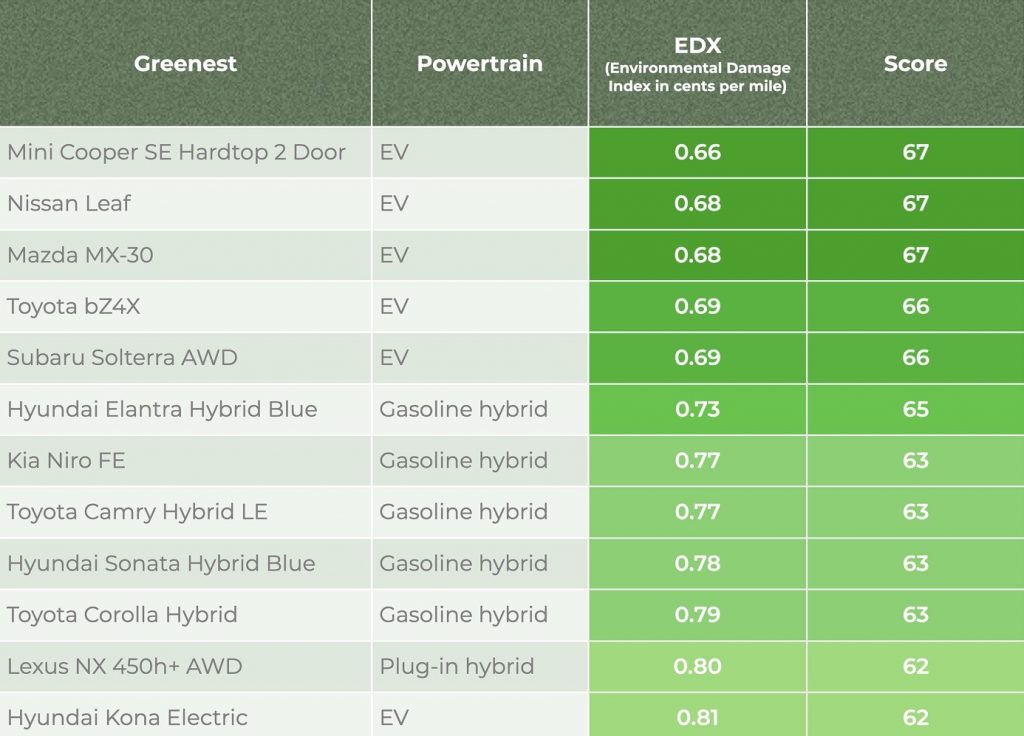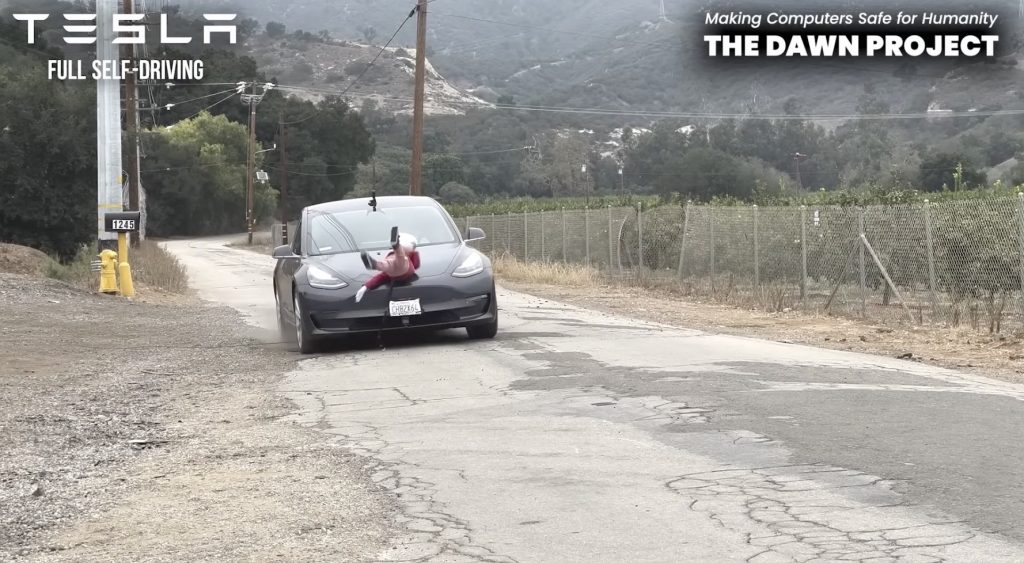
There are three options that fleets consider for converting over to clean vehicles:
- Drop-in the alternative fuel into an existing internal combustion engine (ICE) and fuel system, such as e-fuels, ethanol blended with gasoline, or renewable diesel.
- Retrofit or modify over to an alternative fuel and powertrain, such as compressed natural gas, liquefied natural gas, renewable natural gas, or propane autogas.
- Replace vehicles entirely with another technology such as electric vehicle drive train systems or hydrogen fuel cell systems.
Porsche, Stellantis, Ferrari, BMW, and other automakers are digging into e-fuels as a way of hitting government mandate emissions targets along with zero emission vehicles — battery electric vehicles and hydrogen fuel cell vehicles — on the passenger vehicle side. On the commercial vehicle side, Amazon and Mitsubishi Heavy Industries are taking drop-in e-fuels quite seriously, too.
Drop-ins make much sense for fleet operators, especially fueling vehicles that have been in the fleet for years with much data collected on performance and dependability, adaptability to fleet applications (such as utility trucks), availability, and affordability.
Internal combustion engines continue to dominate fleets, making converting over partially to electric vehicles and bringing in e-fuels as a viable pathway to hitting internal and external targets.
What’s known so far about e-fuels?
It’s a class of synthetic fuel used as a drop-in replacement fuel. Vehicles, ships, and airplanes will be using e-fuels, and they don’t need any modifications.
The process starts with renewable energy such as wind and solar obtaining hydrogen by way of electrolysis. Oxygen is separated from hydrogen through a filtration process. C02 is captured and condensed from the atmosphere, which helps clean the air. Hydrogen obtained by electrolysis is combined with the captured C02 through a process called synthesis. The first result is e-methanol, which can be converted into synthetic gasoline with the help of a methanol-to-gasoline synthesis. This produces the carbon-neutral e-fuel, according to Porsche.
Start-up company Infinium Electrofuels is nearing first production of its e-fuel from a plant in Texas, and its first customer is Amazon. Mitsubishi Heavy Industries has been an early investor in the company. Potential customers in aviation, marine shipping, and chemicals, are looking at e-fuels as well, the startup said.
In December, Porsche began working with Chilean operating company Highly Innovative Fuels (HIF) to begin production of synthetic e-fuels. Porsche hopes to be annually selling 145 million gallons of it before the end of the decade. It’s being built at the Haru Oni Demonstration Plant in southern Chile. They’re hoping the synthetic fuel made with renewable energy, green hydrogen, and recycled C02 could displace fossil fuels without having to modify vehicle engines and the fueling infrastructure. For now, it will power Porsche race cars and is being tried out in Porsche 911s.
In late march, the European Union passed a mandate ending sales of carbon-emitting cars by 2035, with the exception that vehicles running on internal combustion engines powered by e-fuels can stay on roads. They’re still debating and looking into the actual carbon dioxide emissions of battery electric vehicles versus ICEs running on e-fuels made from electricity powered by renewable energy. They may allow ICEs to continue to be sold after 2035 but they will need to be fitted or retrofitted with technology called a “fuelling inducement system” to prevent the use of fossil fuels in the vehicle. E-fuel vehicles do have some C02 and other emissions, however they are usually considered to be carbon neutral because the process involves capturing CO2, which will offset the vehicle emissions.
There are critics and observers out there who are taking a “wait-and-see” approach to whether synthetic e-fuels can deliver what advocates promise and whether the fuel will be economically viable. The fuel is currently expensive to produce and won’t be realistic for fleets and consumers to consider as an affordable option for a few years.
Skeptics would like to see honest, realistic reporting on what it will really take to produce the fuel — and the emissions released into the atmosphere during that process and how much energy it will use up to produce. Carbon capture is also very questionable, they say. Does that technology really deliver on what it’s supposed to do, and will that work from an economic perspective?
And in other news……….
Self-driving car rules: The National Highway Traffic Safety Administration will be publishing a notice of proposed rulemaking on autonomous vehicle guidelines, called the AV STEP. That came from NHTSA acting administrator Ann Carlson speaking at the Automated Road Transportation Symposium. It will offer an alternative regulatory route from previous possible regulations, and it may include removal of limitations on the maximum authorized number of these vehicles that can go on roads. General Motors has yet to hear back on its February 2022 request for exemption for its Cruise Origin robotaxi. GM and other automakers are interested in seeing more details come out on revised rules, which had been sitting on hold since before Covid-19 started.
Truckmakers complying: Truck and Engine Manufacturers Association and California Air Resources Board on July 6 announced an agreement on the state’s plan to phase out sales of Class 4-8 diesel-powered trucks. California regulators agreed to relax existing standards for nitrogen oxide pollution so they align with the federal government’s rules. Engine and truck makers will probably be granted more time to meet new requirements and more protection for legacy engines. The truck makers say they can now meet the state’s zero-emission vehicle targets, even if they’re later overturned in court. Engine and truck makers who’ve signed on include Cummins Inc., Daimler Truck North America, Ford, GM, Hino Motors Limited Inc., Izuzu Technical Center of America Inc., Navistar Inc., Stellantis, and Volvo Group North America.

